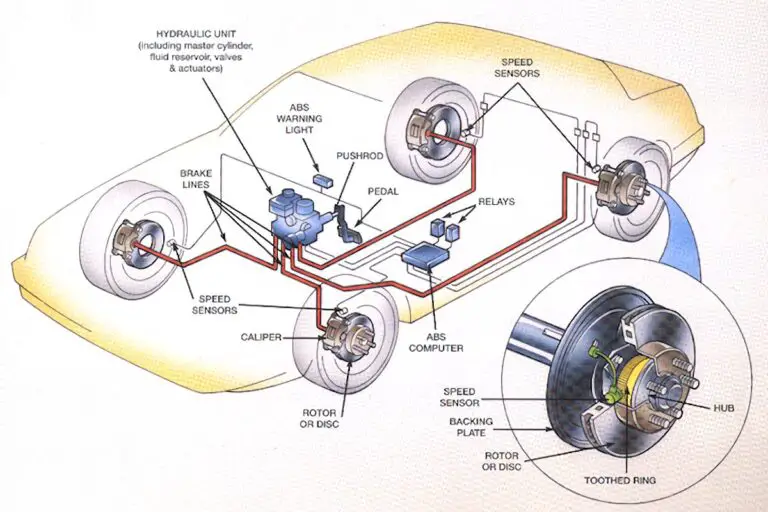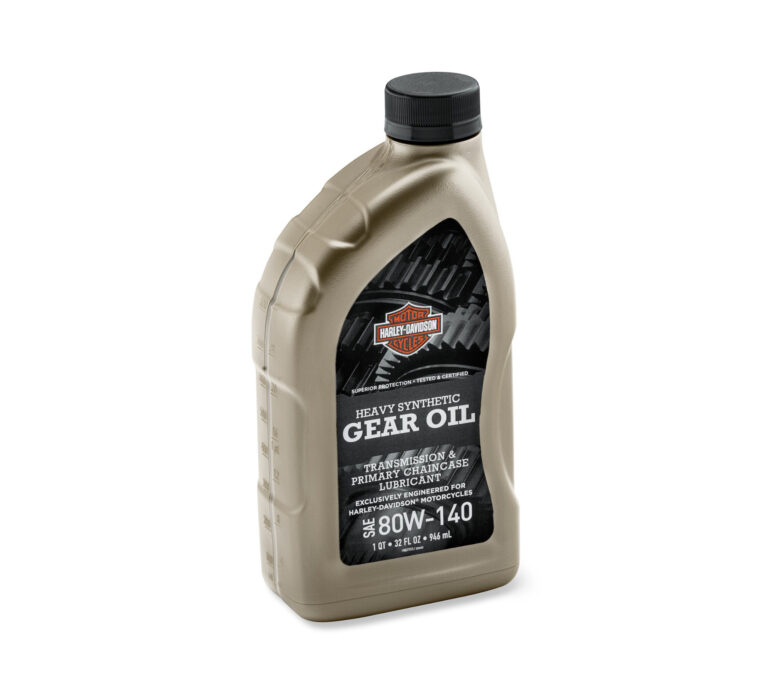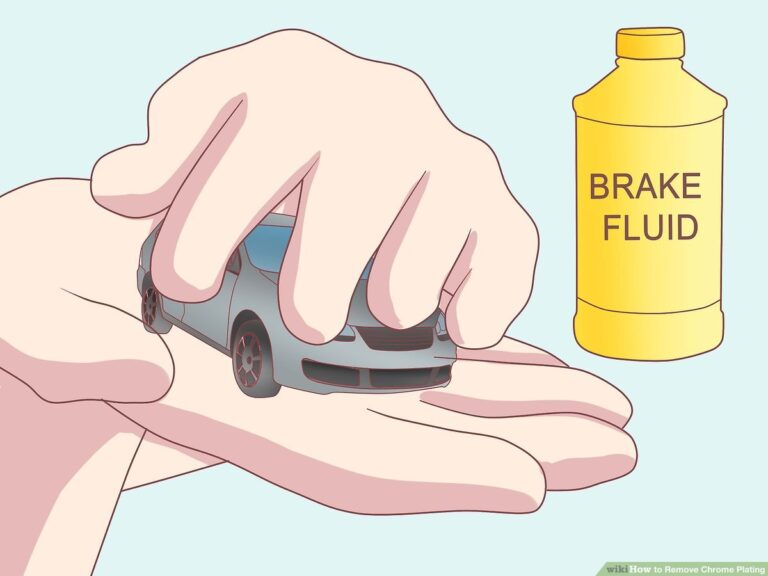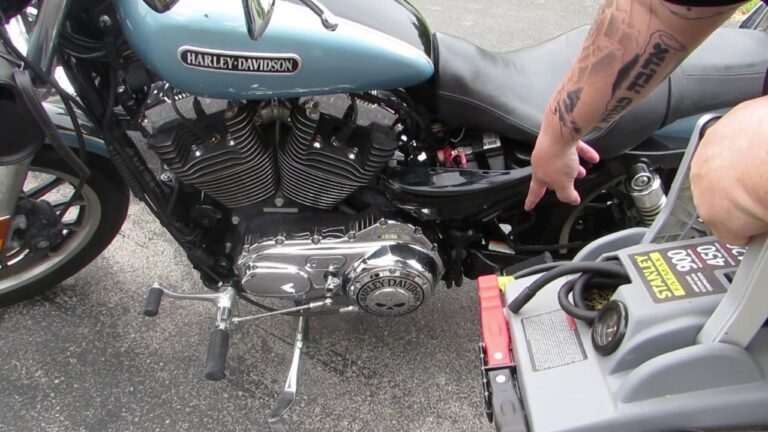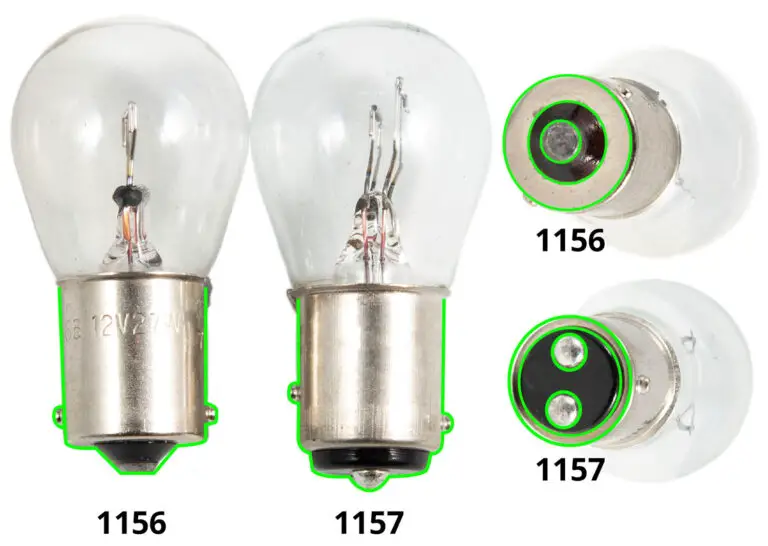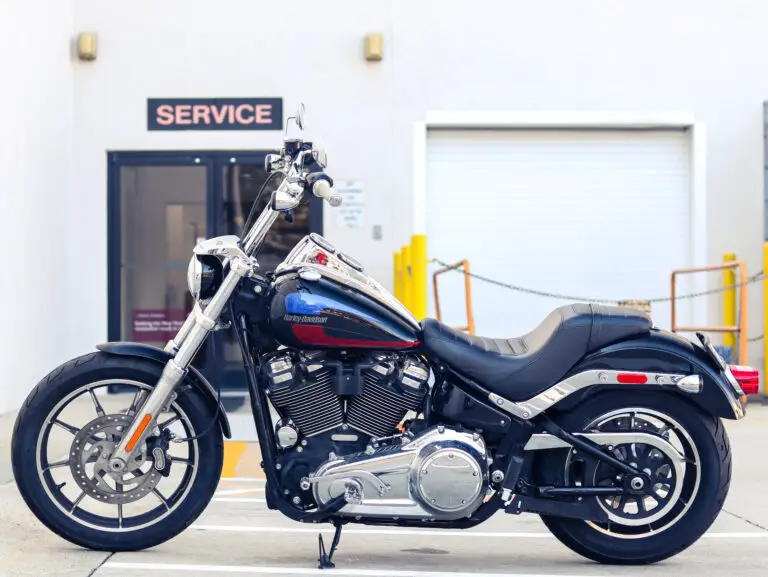To obtain a 3-wheel motorcycle license, check your state’s DMV requirements and complete a safety course if necessary. Next, pass the relevant knowledge and skills tests to receive your endorsement.
Venturing into the world of three-wheel motorcycles promises an exciting twist on traditional motorcycling, yet it comes with its own set of rules and licensing requirements. This distinct category of vehicles captivates riders with a blend of stability and thrill, making it essential to be well-informed about the specific licensing process.
Achieving a legitimate 3-wheel motorcycle license typically involves a mix of theoretical knowledge and hands-on skill, ensuring that riders are fully equipped to handle the unique dynamics of a three-wheeled ride. Rider safety courses tailored for three-wheel motorcycles not only offer valuable insights but may also pave the way for easier licensing and even insurance discounts. As regulations can vary significantly by state, prospective riders should prioritize understanding their local DMV’s criteria, guaranteeing a smooth journey to acquiring a 3-wheel motorcycle license.
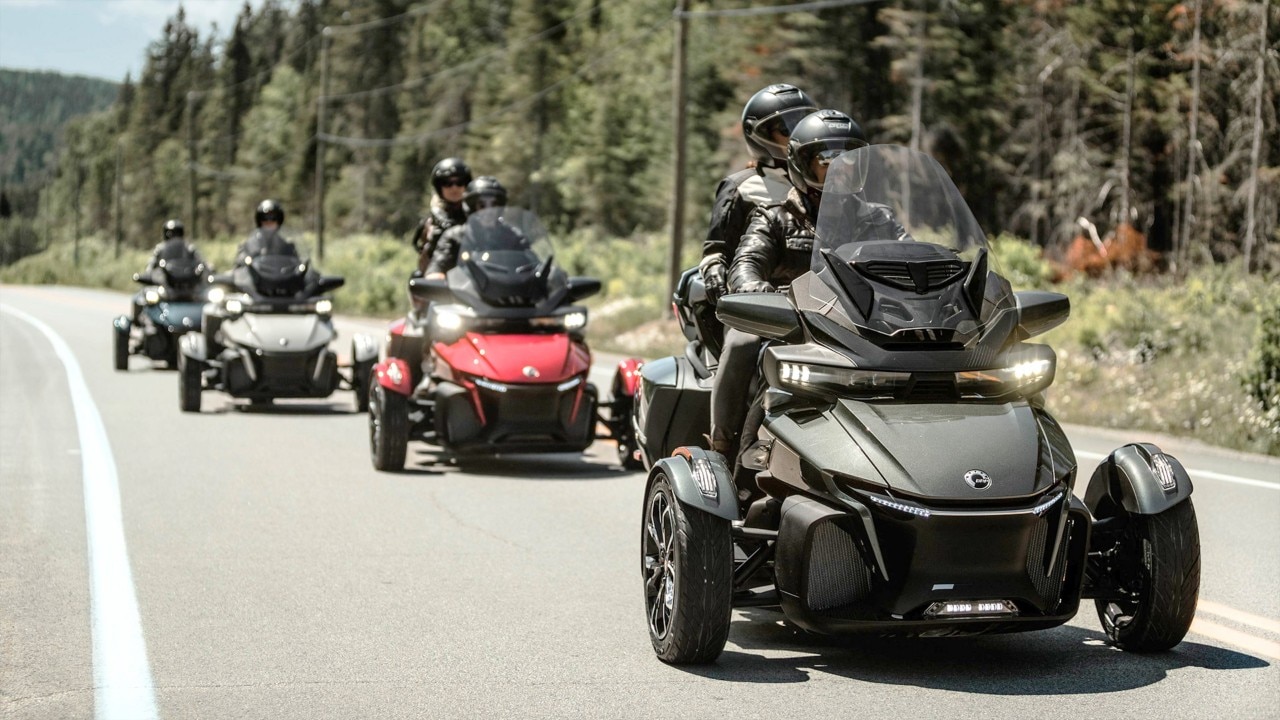
Credit: can-am.brp.com
Introduction To 3-wheel Motorcycles
3-wheel motorcycles charm riders for many good reasons. They offer more stability than 2-wheel versions. This makes them a solid choice for beginning riders or those with balance issues. Riders find confidence in the extra wheel’s support.
Licensing for 3-wheel motorcycles differs from standard motorcycles. Skills tests can be unique. They cater to the three-wheeled vehicle’s dynamics. Rules vary by state, so check your local requirements.
The process starts with a written knowledge test. Success here leads to a permit. Practice is vital before taking the skills exam. Some states demand a safety course specific to 3-wheelers. Once passed, you’re ready to ride with a new license.
Eligibility And Requirements For A 3-wheel Motorcycle License
To obtain a 3-Wheel Motorcycle License, applicants must meet certain criteria. Minimum age requirements vary by state, typically starting at 16 or 18 years old. Prospective riders need to present valid identification proof such as a driver’s license or state ID.
Physical and eyesight tests are necessary to ensure rider safety. Candidates should have good vision, with or without corrective lenses. Some states require a physical exam to confirm fitness for operating a three-wheeled vehicle.
Different regions have unique regulations and endorsements. Many states require a motorcycle license with a specific 3-wheel endorsement. Others might issue a unique license for 3-wheel vehicles. Always check local DMV guidelines for precise requirement details.
Education And Training
Enrolling in a 3-Wheel Rider Education Program has notable perks. Riders gain crucial riding skills and safety strategies. These courses are designed to help meet specific licensing requirements. They also provide a chance to practice on provided 3-wheel motorcycles. This hands-on experience is invaluable and can lead to increased confidence on the road. Searching for a safety course is straightforward.
Local motor vehicle departments or motorcycling schools often offer relevant information. Registrants learn about traffic laws, vehicle control, and road awareness during these courses. Experienced instructors lead the training, ensuring that students are well-prepared to ride a 3-wheel motorcycle safely.
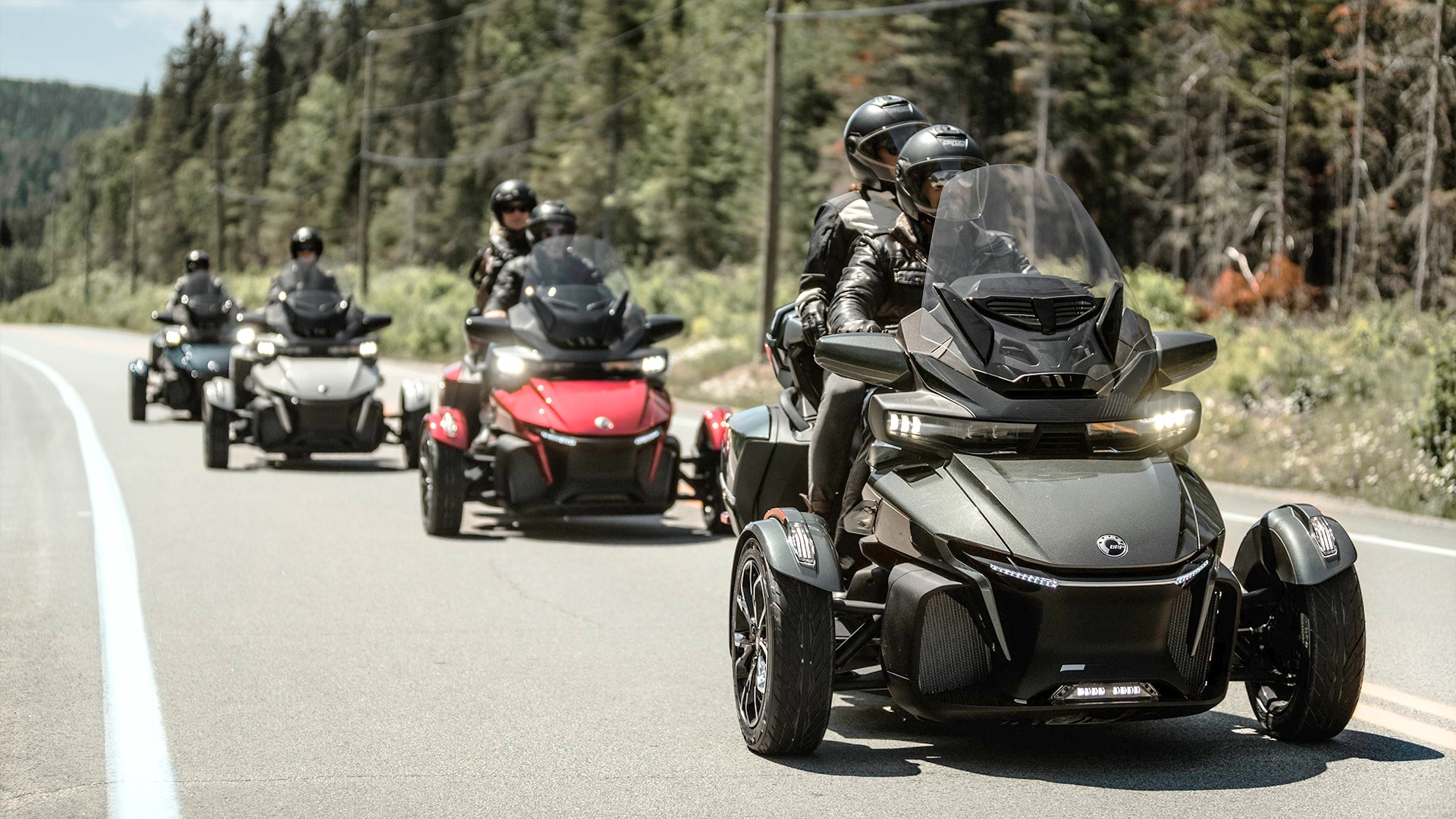
Credit: can-am.brp.com
The Licensing Process
Obtaining a 3-wheel motorcycle license involves several steps. Applicants must first fill out necessary forms and submit them to their local DMV. Studying for the written knowledge test is crucial, as it covers rules and safety for 3-wheel motorcycles. Utilize DMV-provided materials and take practice tests to prepare.
Next, schedule the skills test, which assesses your ability to handle a 3-wheel motorcycle. Practice key maneuvers and become familiar with the test requirements. Riding courses can offer valuable preparation and boost your confidence.
Feeling nervous before the test is common. Stay calm and focused by practicing relaxation techniques before and during your examination. Simple breathing exercises can help reduce anxiety. Practical riding tips, such as keeping a steady pace and being aware of your surroundings, will assist during the test. Secure your license and enjoy the ride!
After Obtaining Your License
Securing a 3-wheel motorcycle license opens up exciting riding opportunities. Once you have it, the first task is selecting a suitable three-wheeler. Your choice depends on comfort, performance, and affordability. Remember, each state has different laws surrounding 3-wheel motorcycles. It’s crucial to check local regulations to avoid penalties. Many riders benefit from advanced riding courses. These courses boost skills and safety knowledge. They prepare riders for diverse road conditions. Advanced training can also lead to insurance discounts for some.
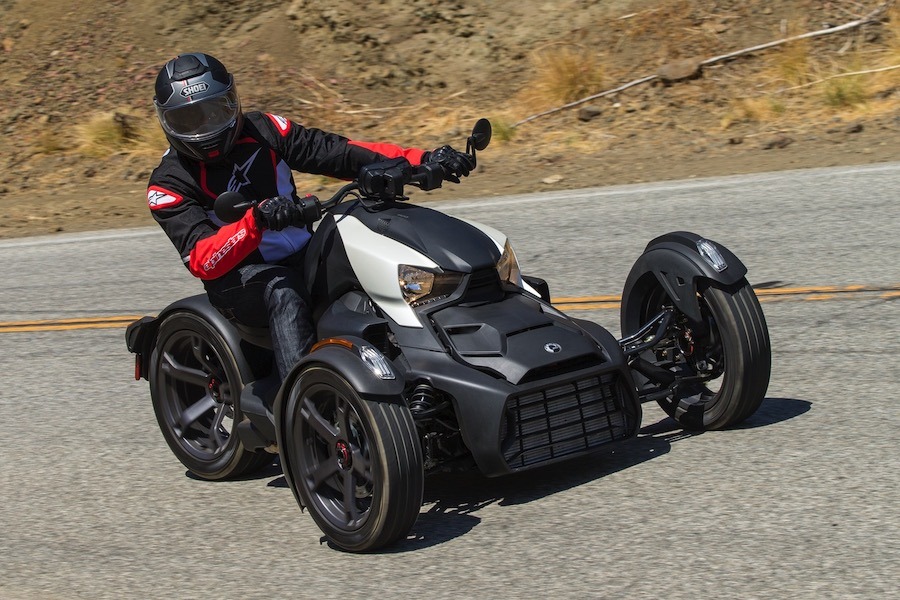
Credit: motorcycletraining.com
Frequently Asked Questions For How To Get A 3-wheel Motorcycle License
Do I Need A Motorcycle License For A Trike In Nc?
In North Carolina, you need a motorcycle endorsement to operate a trike. Obtain it by passing a written exam and road test or completing a safety course.
Does Texas Have 3 Wheel Motorcycle License?
Texas requires a Class M driver’s license to operate a 3-wheel motorcycle. There are no separate licenses specifically for 3-wheel motorcycles in Texas.
Do You Need A Motorcycle License For A Can-am Spyder In Ohio?
Yes, Ohio requires a motorcycle license to operate a Can-Am Spyder. Riders must pass written and skills tests for endorsement.
How Do I Get A Trike License In Ohio?
To obtain a trike license in Ohio, complete a motorcycle education course and pass written and skills tests. Then, secure your Motorcycle Only (MO) or Motorcycle Also (MA) license at the BMV.
Conclusion
Securing your 3-wheel motorcycle license can open up a new world of riding adventures. Remember, the steps are straightforward: meet the age and education requirements, pass your tests, and practice safety always. With determination and thoughtful preparation, you’ll be enjoying the open road on your trike in no time.
Get ready to rev up your engines and embrace the thrill of the ride!
